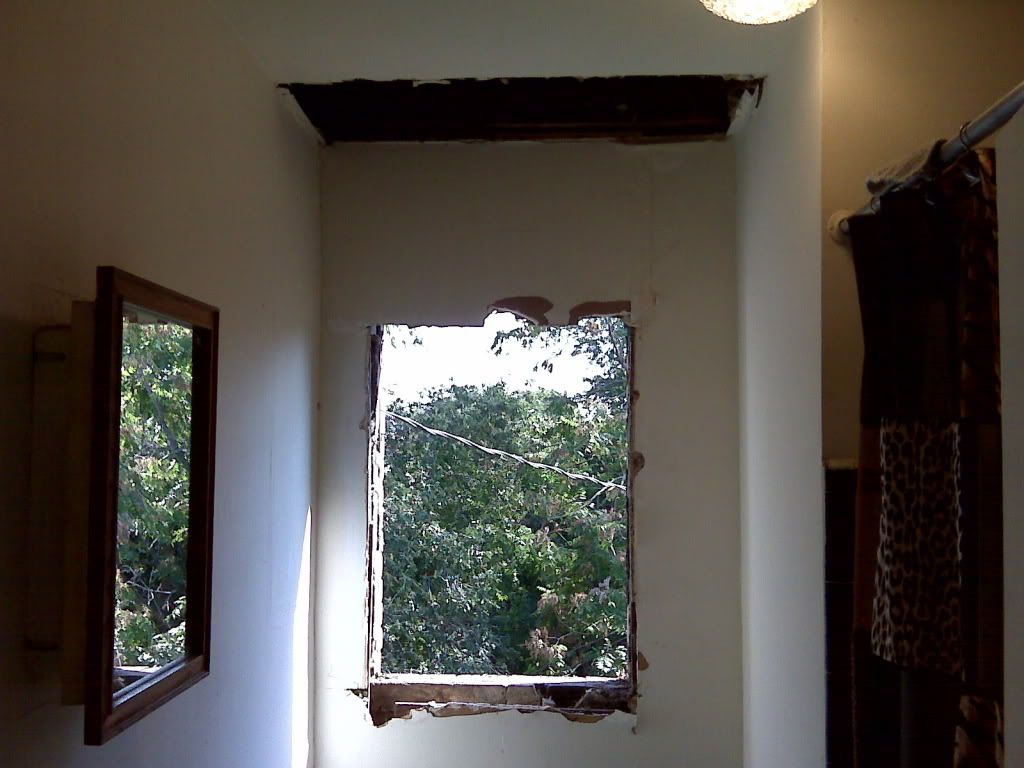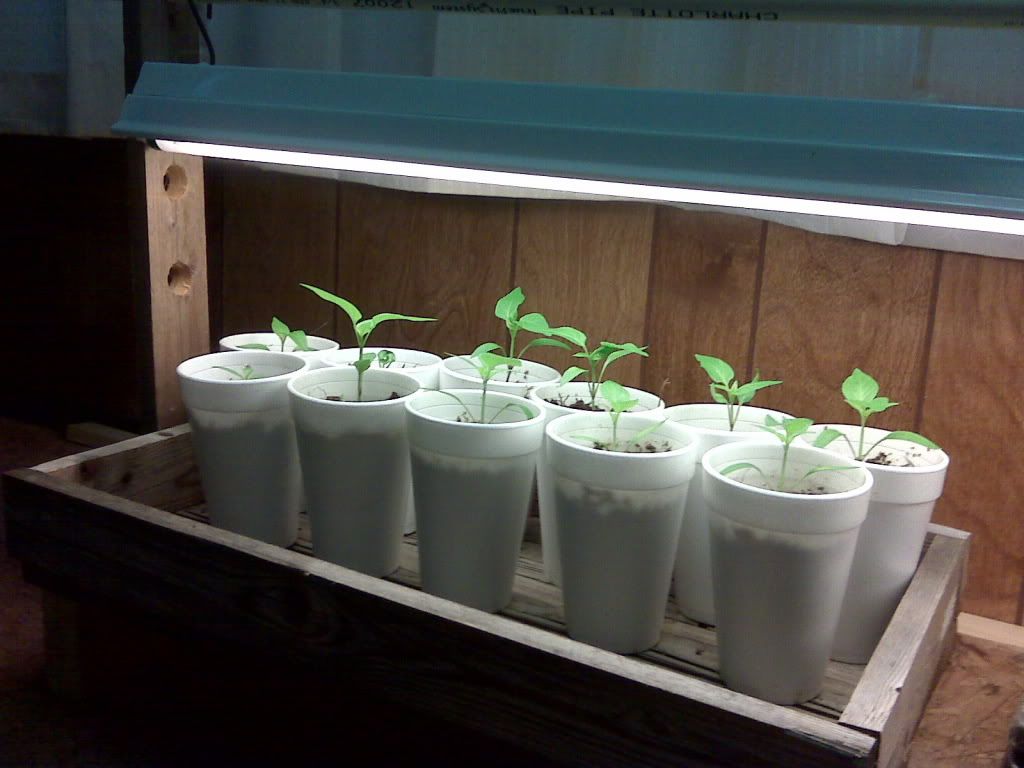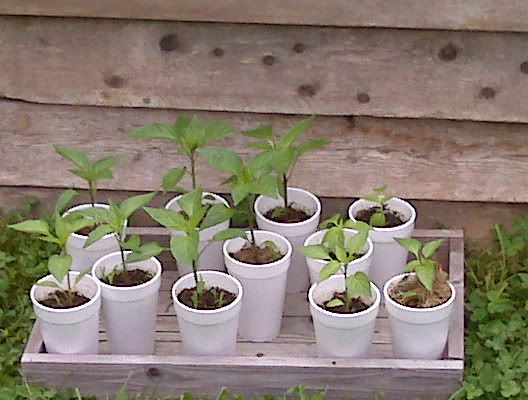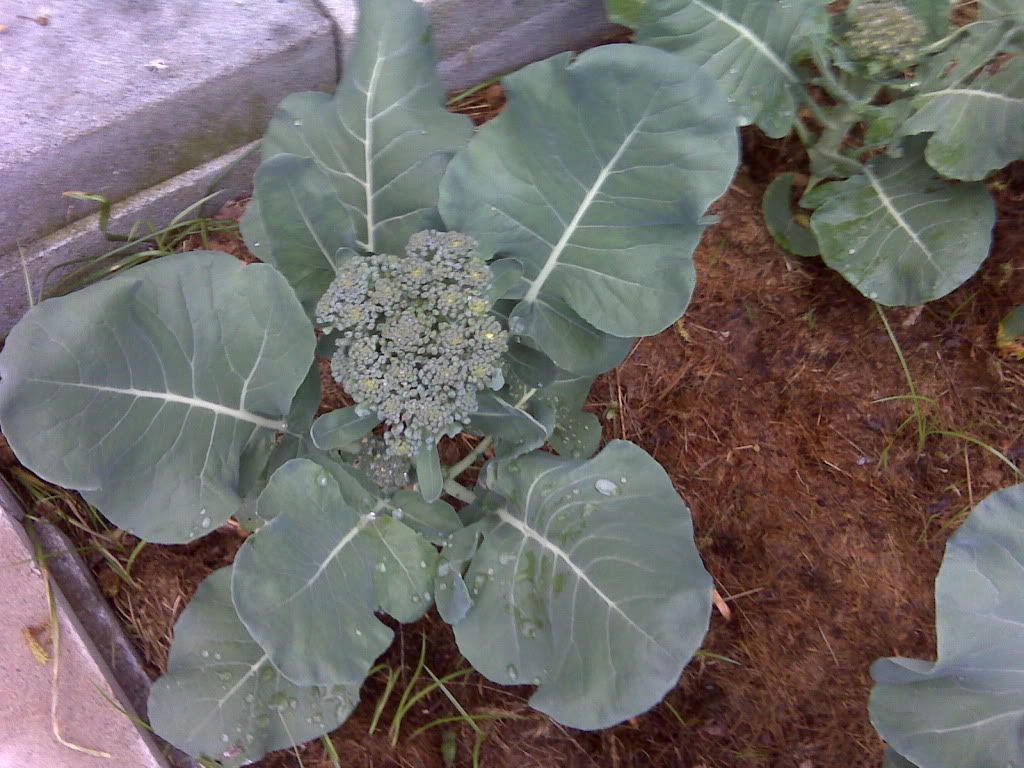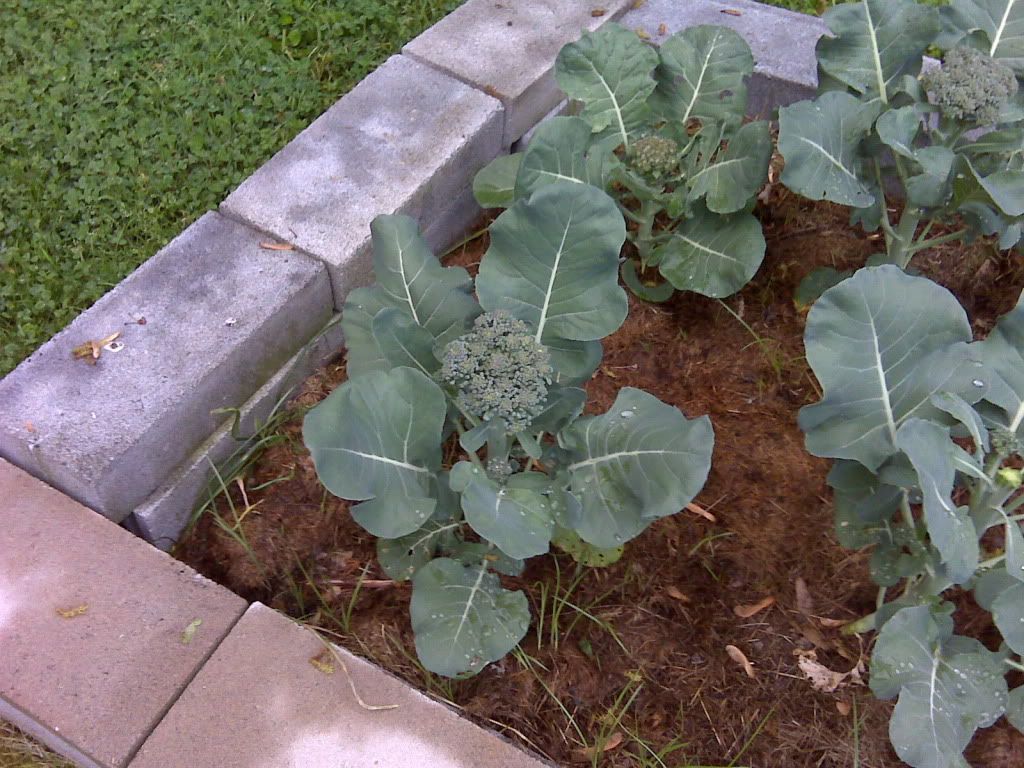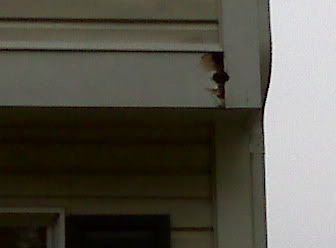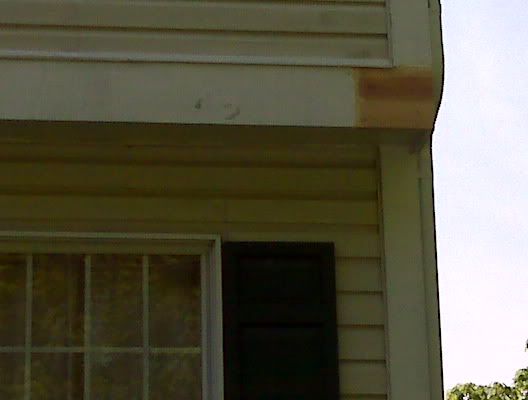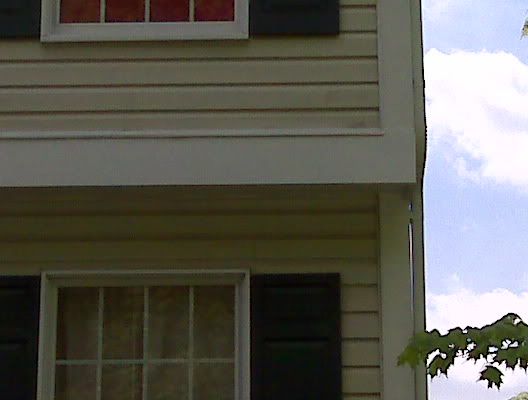A home had damage to the ceiling, window and wall of the upstairs bathroom. Water had leaked in over a long period of time from the roof and upper exterior wall. After the area of the outside leak was fixed, the interior damage was ready to be repaired.
I began by cutting out an area in the ceiling that was damaged. There was a small amount of old insulation that was no longer useful, so I removed that along with the rotted wood. Next, I took out the old window and window frame and removed all rotted material from the wall in the area of the window.
Once the demolation was finished, it was time to start the repairs. In the ceiling I replaced the wood and added insulation. The home owners told me that the room was always cold in the winter, so I added a good amount of insulation. This new insulation is a big improvement over the small amount of insulation that was there before. Then I installed a new piece of sheetrock in the ceiling and began taping and finishing. New window framing and a new window were added to the room. Window trim and wall repairs were done after the wall was insulated.
In one photo you can see the wall and ceiling after demolition of the damaged and rotted materials. The other photo was taken after most of the repairs were completed, but before final joint compound finishing, touchup and priming and painting.
Other jobs at this home included replacing an exterior wooden door, and installing a handrail on the front steps.
